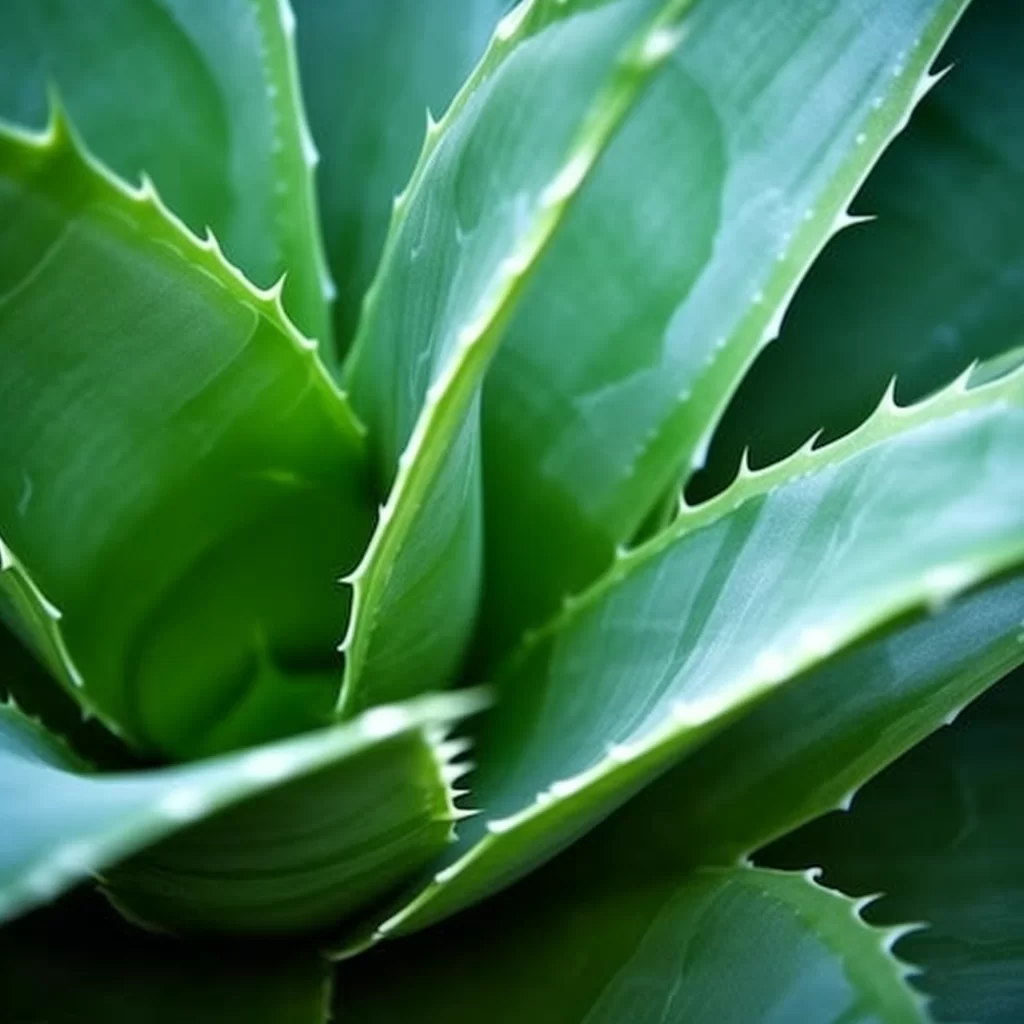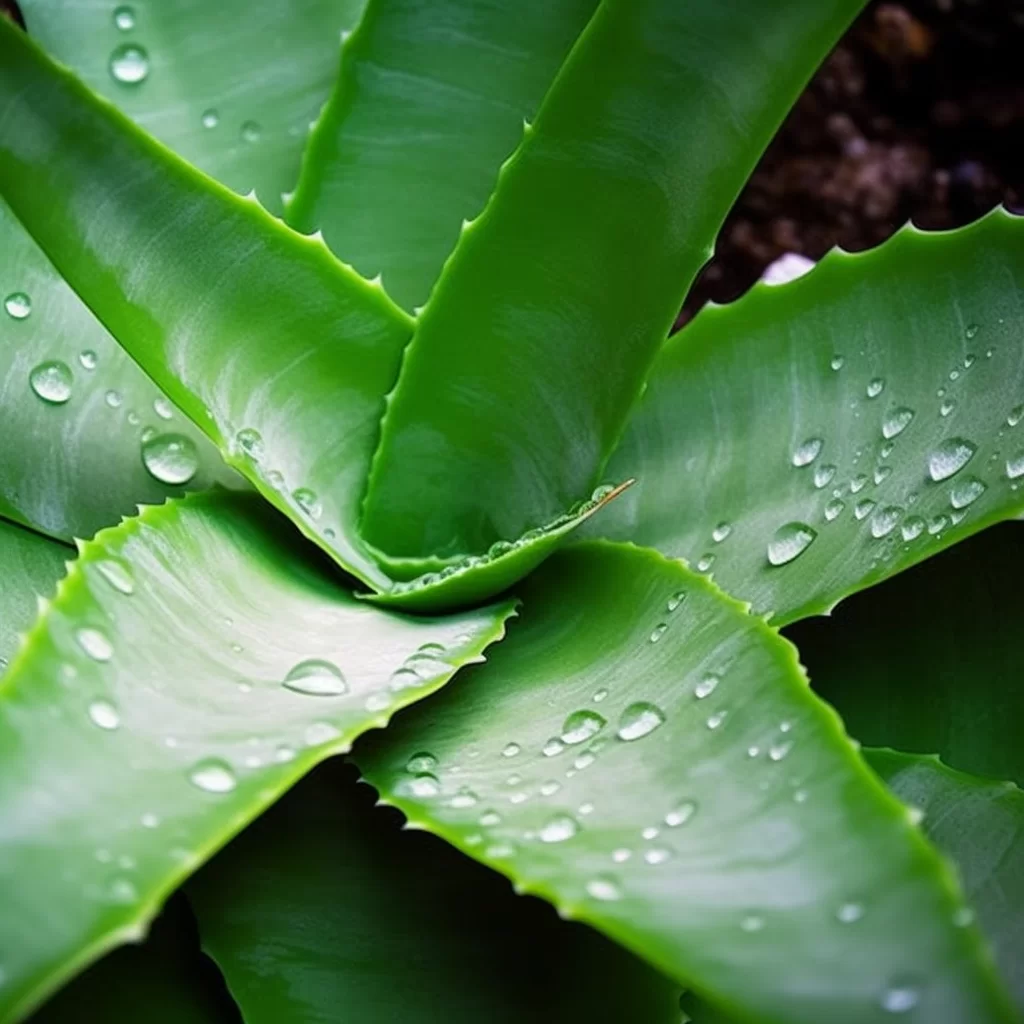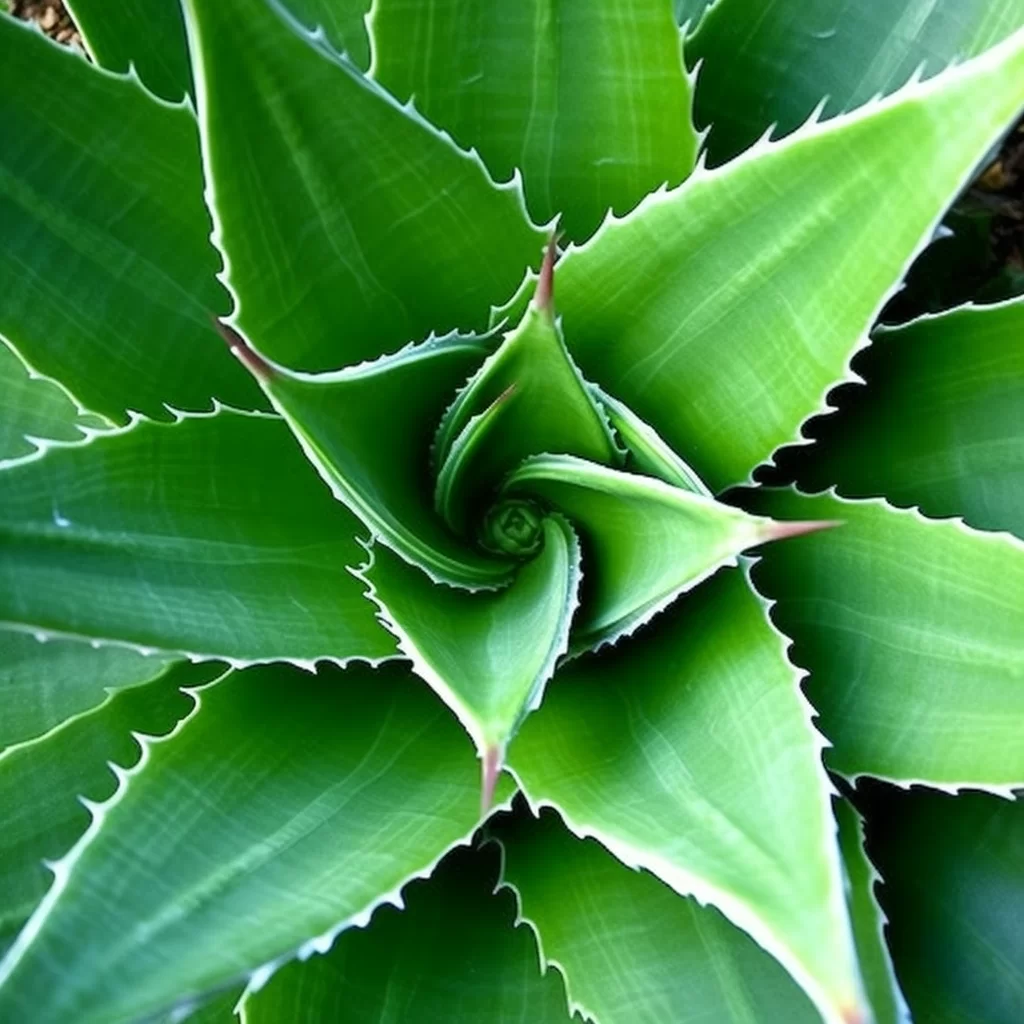Story of Day :
Contents
Agave Century Plant: Complete Guide and Care Tips
Are you looking for an exotic plant that can add a touch of warmth to your garden? If yes, then Agave century plant might be the perfect choice for you.
This stunning succulent is native to Mexico and has been used in ornamental gardening for centuries.
In this comprehensive guide, we will tell you everything you need to know about agave century plant care.
What is Agave Century Plant?
Agave century plant (Agave americana) is a succulent that belongs to the Asparagaceae family.
It is native to Mexico but can now be found in many parts of the world, including the United States, Europe, and Australia.
The name “century plant” comes from the fact that it was once believed that it took 100 years for this plant to bloom.
Characteristics of Agave Century Plant
Agave century plants have thick leaves with sharp spines on their edges, which make them less suitable as indoor plants.
In general terms they are large size plants reaching up to 6 feet tall (1.8 meters) with a spread of about 8-10 feet (2.4-3 meters).
They are slow-growing and take several years before they mature enough to produce flowers which can reach up at 20 feet above foliage.
Types of Agaves
There are over 200 species of agaves but these are some popular varieties:
- Blue Glow: Glows pale blue-green under sunlight
- Americana variegata: White stripes along leaf margins
- Victoriae-reginae: A smaller variety with white markings on dark green leaves
- Attenuata ‘Ray Of Light’: Often called Foxtail Agave, it has a unique look with soft leaves and no spines
- Brown tips:If brown tips appear on your agave’s leaves then it means that the air is too dry.
- Fungal Diseases:The most common fungal diseases include leaf spot , root rot etc .
Avoid overwatering , provide proper ventilation between plants or spraying neem oil can help in preventing fungal diseases
- Pest:Snails , slugs and mealybugs may attack the plant.
Remove them manually or use insecticide of organic/natural origin.
- Yellowing Leaves:If the leaves of your agave are turning yellow, it could be a sign of underwatering and poor sunlight exposure.
Try increasing the amount of water and sunlight to fix this problem.
- Avoid planting agaves too close together as they need space to grow healthy.
- Cut back any dead or damaged leaves with a sharp pair of scissors or pruning shears for better health.
- Avoid overwatering since it is one common mistake people do while taking care of Agave plants.
Always check soil moisture level before watering again .</lI.
How to Care for Agave Century Plant
Agaves are easy-to-care-for plants that thrive in hot, dry environments.
However, there are a few things you should keep in mind if you want your agave century plant to grow healthy and strong.
Soil
Agaves require well-drained soil.
If the soil is too wet or heavy, it can lead to root rot.
A sandy or rocky soil mix is ideal for agaves since they prefer dry soil.
Watering
Agave century plant does not require frequent watering because of their water storage capability in leaves but they do need occasional deep watering.
In general terms once every week during summer season would suffice while one every month during winter season.
Sunlight
These succulents prefer full sun exposure but avoid placing them where direct sunlight will hit them all day long as it may burn their leaves.
Fertilizer
Like most succulents, agave century plants do not require fertilizer on a regular basis as over-fertilization may harm the plant’s health .
Use low-nitrogen liquid fertilizer twice a year i.e.
once at the start of summer season and second at the start of fall season for best results.
Common Problems with Agave Century Plant and How to Solve Them?

Expert Tips
.
.
Conclusion
 Agave century plant is an exotic succulent that can add beauty to your garden without requiring too much maintenance.
Agave century plant is an exotic succulent that can add beauty to your garden without requiring too much maintenance.
They prefer hot, dry environments and well-drained soil, along with occasional deep watering during summer season for fast growth .
With proper care and attention, these striking succulents can thrive in gardens around the world!